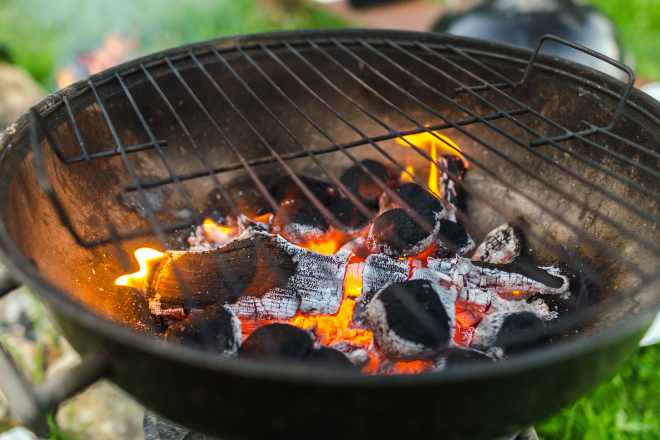Gas Grills: Practical Guide to Use, Safety, and Maintenance
Gas grills offer a controlled, convenient way to cook outdoors, from weeknight dinners to backyard gatherings. This guide explains how gas grills fit among cooking equipment, what to consider for outdoor cooking and camping gear, how smoke affects flavor, and essential fire-safety and maintenance practices to keep your grill working well and your cooking consistent.

Cooking equipment: How gas grills fit
Gas grills are a form of cooking equipment distinguished by rapid heat control and predictable temperature zones. Unlike charcoal or wood-burning options, propane and natural-gas grills heat quickly and respond instantly to adjustments, which benefits recipes requiring steady temperatures. For home cooks who value convenience and cleanup, gas grills can integrate with side burners and rotisseries, making them versatile tools alongside ovens, stovetops, and smokers.
Outdoor cooking: Choosing the right gas grill
For outdoor cooking, consider size, BTU rating, and burner configuration to match the number of people you typically serve. A grill with multiple burners provides direct and indirect heat zones useful for searing and slow-roasting. Weatherproof materials such as stainless steel resist corrosion in humid or coastal areas. Also evaluate features like removable grease trays and easy-start ignition systems that simplify maintenance and consistent ignition for local services, assembly, or gas-line installation in your area.
Camping gear: Portable gas grill options
When selecting camping gear that includes a grill, portability and fuel type are primary concerns. Compact propane tabletop grills and lightweight two-burner models balance cooking surface area with packability. Integrated fuel canisters or small propane tanks are common; adapters allow use of larger cylinders when available. Consider weight, wind shields, and sturdy legs for uneven terrain. Always check campsite rules about open flames and permitted cooking equipment — some parks restrict fuel types or require closed-container cooking to reduce wildfires.
Smoke: Flavor control and health considerations
Gas grills typically produce less smoke than charcoal or wood, which changes how flavor develops. To introduce smokier notes, cooks use wood chips in smoker boxes or add flavored pellets designed for gas grills; caution is needed to avoid excessive soot or flare-ups. Managing smoke also has health and maintenance implications: consistent cleaning of grease trays and burners reduces residue that can create heavy smoke and off-flavors. For those concerned about smoke exposure, positioning and ventilation during outdoor cooking can minimize smoke drifting into living areas or toward neighbors.
Fire: Safety and prevention with gas grills
Fire management is central to safe grilling. Regularly inspect hoses and connections for cracks or leaks; a simple soap-and-water test can reveal escaping gas before lighting. Keep a fire extinguisher rated for grease fires nearby and know how to shut off the gas supply quickly. During use, avoid excessive flare-ups by trimming excess fat from meats and keeping a clean grease channel. When finished, close valves and allow burners to cool; store propane tanks upright outdoors in a ventilated spot. For repairs or gas-line work, consult certified local services to ensure compliance and safety.
Maintenance and practical tips
Routine maintenance extends a grill’s service life and ensures consistent cooking results. Clean grates after each use, deep-clean burners and interior surfaces periodically, and replace worn parts like igniters and hoses according to manufacturer guidance. Calibrating temperature control and checking regulator function help maintain predictable heat output. If you need hands-on help, search for local services offering inspection, seasonal tune-ups, or part replacement in your area to maintain safe operation and performance.
Conclusion
Gas grills provide a controllable, efficient platform for outdoor cooking and can complement other cooking equipment or portable camping gear choices. Understanding how to manage smoke for flavor, maintain the grill, and prevent fire risks helps ensure reliable, enjoyable use. Regular inspection, proper cleaning, and following safety practices reduce hazards and improve consistent results across a range of meals and settings.






